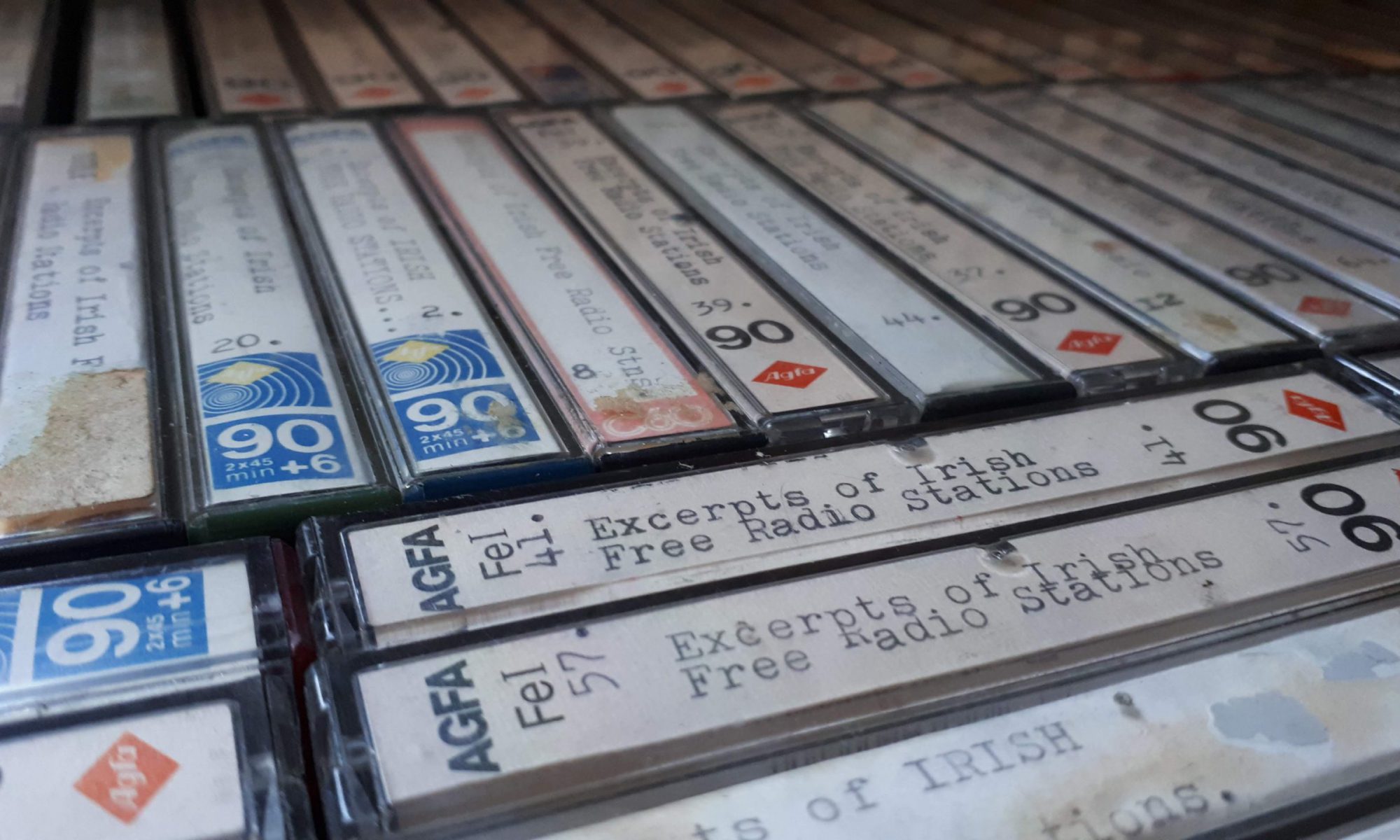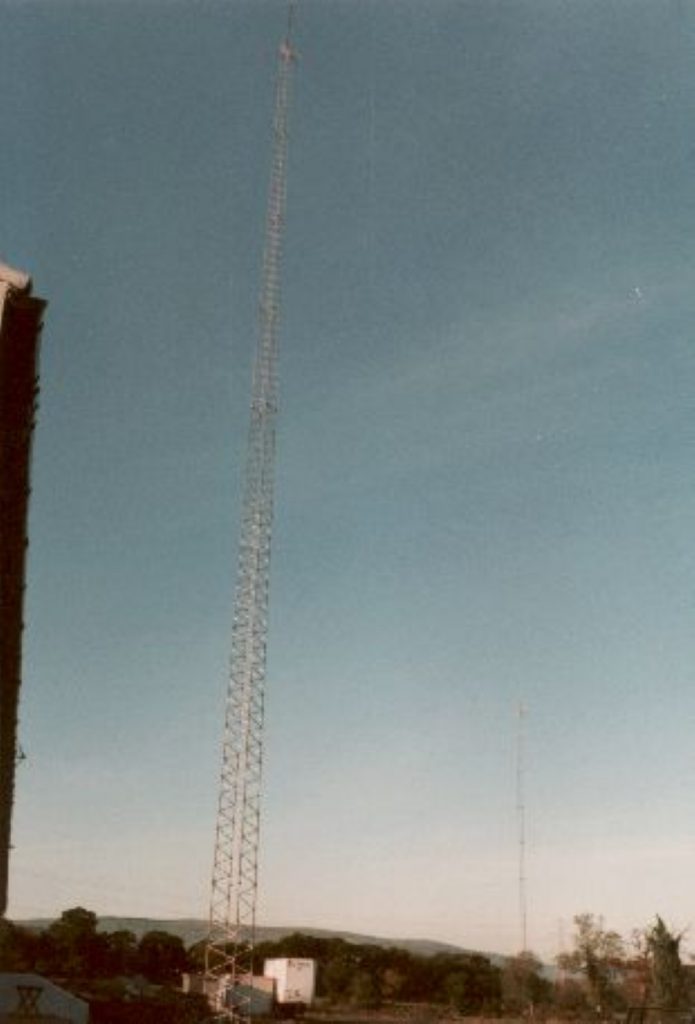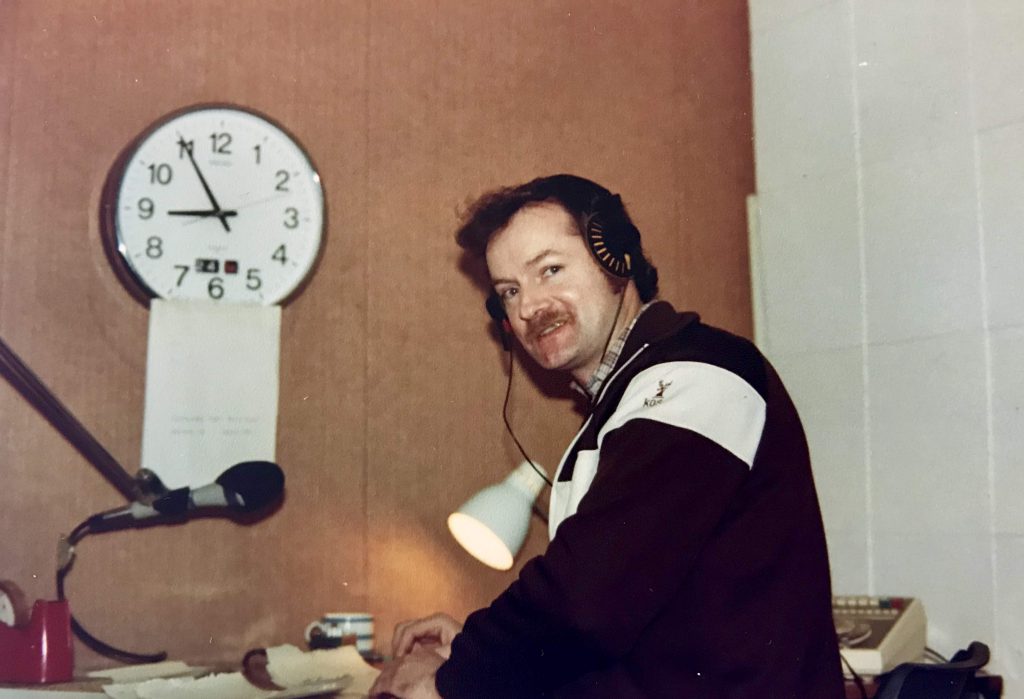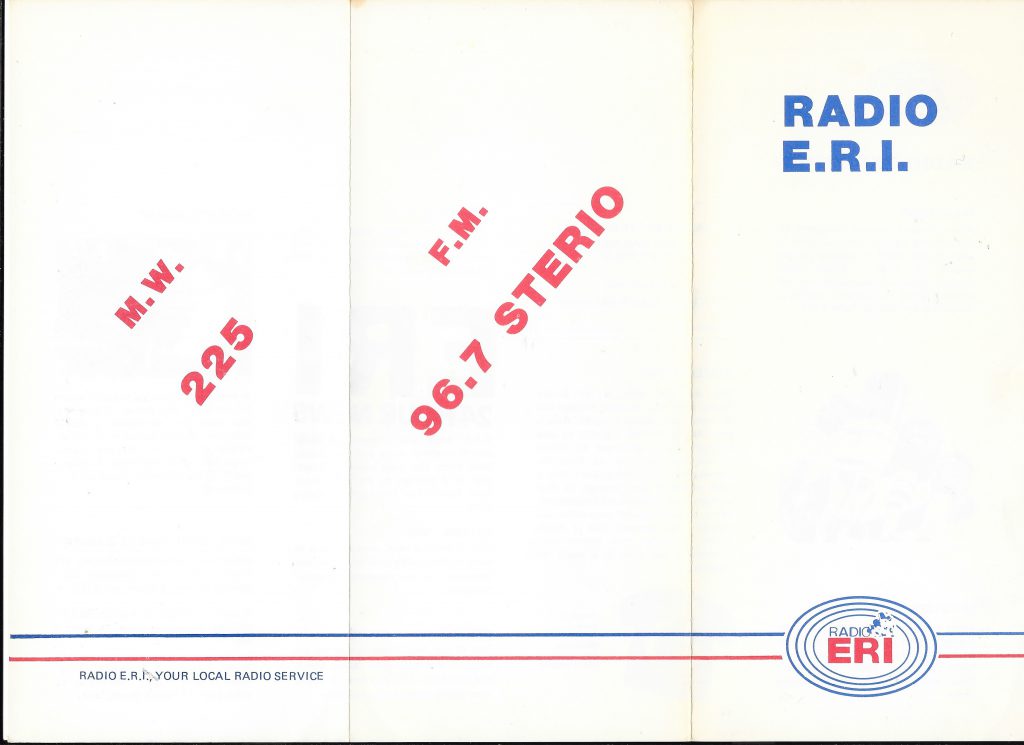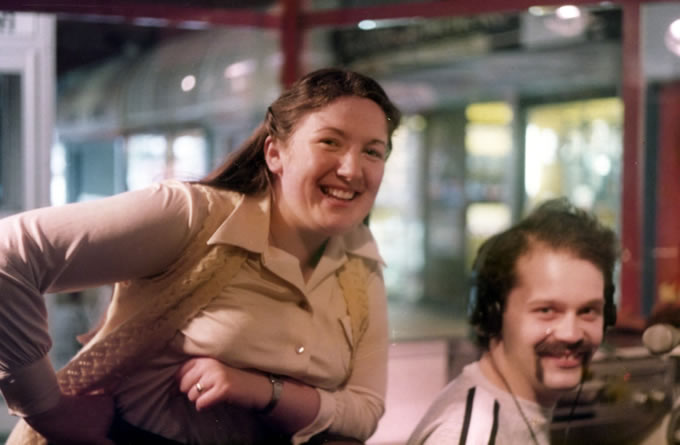Podcast: Play in new window | Download
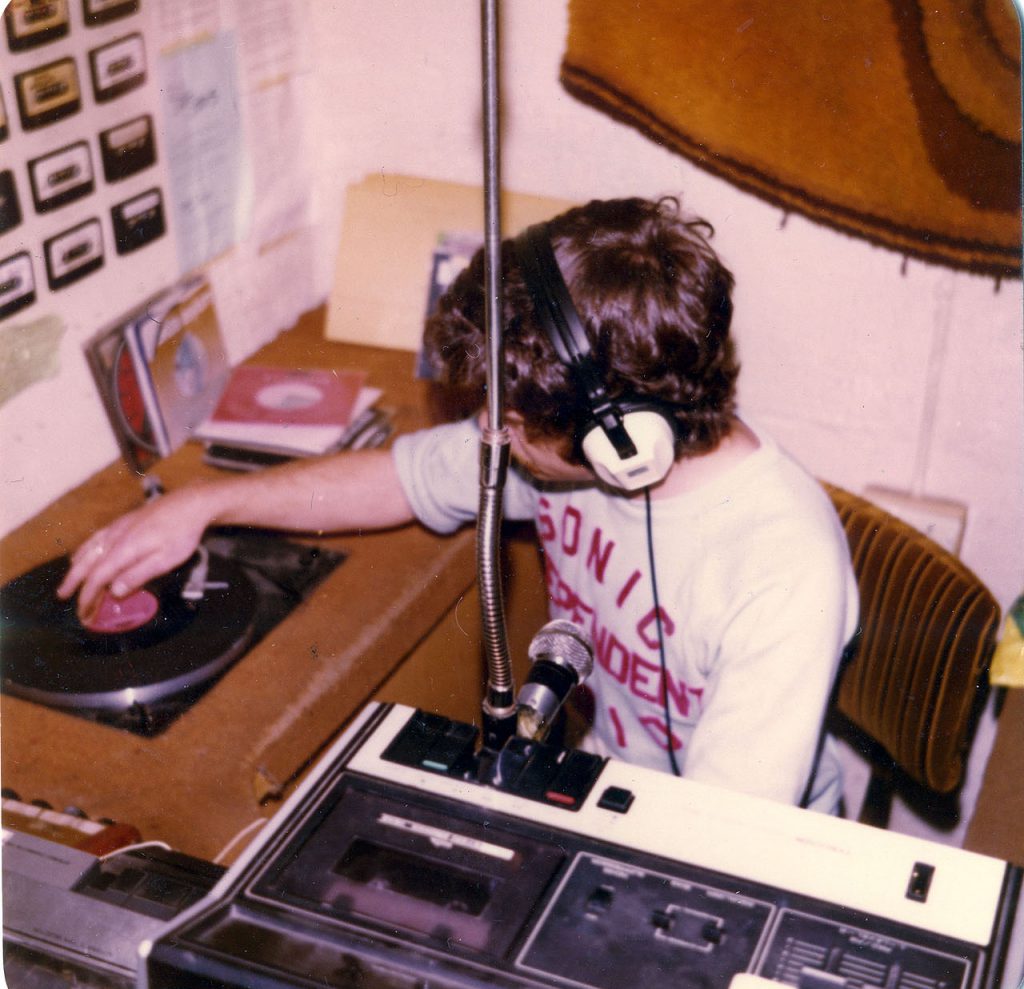
Sonic Independent Radio was one of many short-lived south Dublin stations during the early 1980s. Based in Shankill on the southside, it was first logged in the winter of 1980/1981 on 1314 kHz (announcing 228 metres) and was noted on that frequency several times during 1981. Sonic was run by Joe Jackson, who provided many AM transmitters for pirate radio around that time. According to an entry on DX Archive, the same transmitter was used for later short-term stations such as East Coast Radio, ABC (Dún Laoghaire) and South City Radio. Sonic features in a log of stations received in Lancashire in summer 1981 and was said to have a very good signal at the time. However reception of the station outside Ireland was soon to be hampered by the expansion of Norwegian station NRK of its broadcasts on 1314 kHz.
This recording of Sonic Independent Radio is of the weekly FRC (Free Radio Campaign) Ireland show, presented by Rick Davenport and Steve Johnston. The FRC show covers radio news, both licensed and pirate, and includes listeners’ letters and reception reports. The presenters announce that Sonic is to be relaunched the following day, with a new format and name. This edition of the FRC Ireland show was a relay by Capital Radio International on 6268 kHz. It was made on 8th November 1981 from 1200-1245 and begins with the voice of Capital Radio operator, Aidan Hughes. Capital Radio began broadcasting in 1981 and continued as a regular Sunday morning shortwave pirate throughout the 1980s. It returned in the early 1990s but ceased to broadcast after Aidan Hughes died prematurely.
Audio quality on this recording ranges from fair to poor, reflecting the fact that it is of a shortwave relay of an original medium wave broadcast. There is also some wobble due to degradation of the cassette, which is from the Anoraks Ireland Collection.
